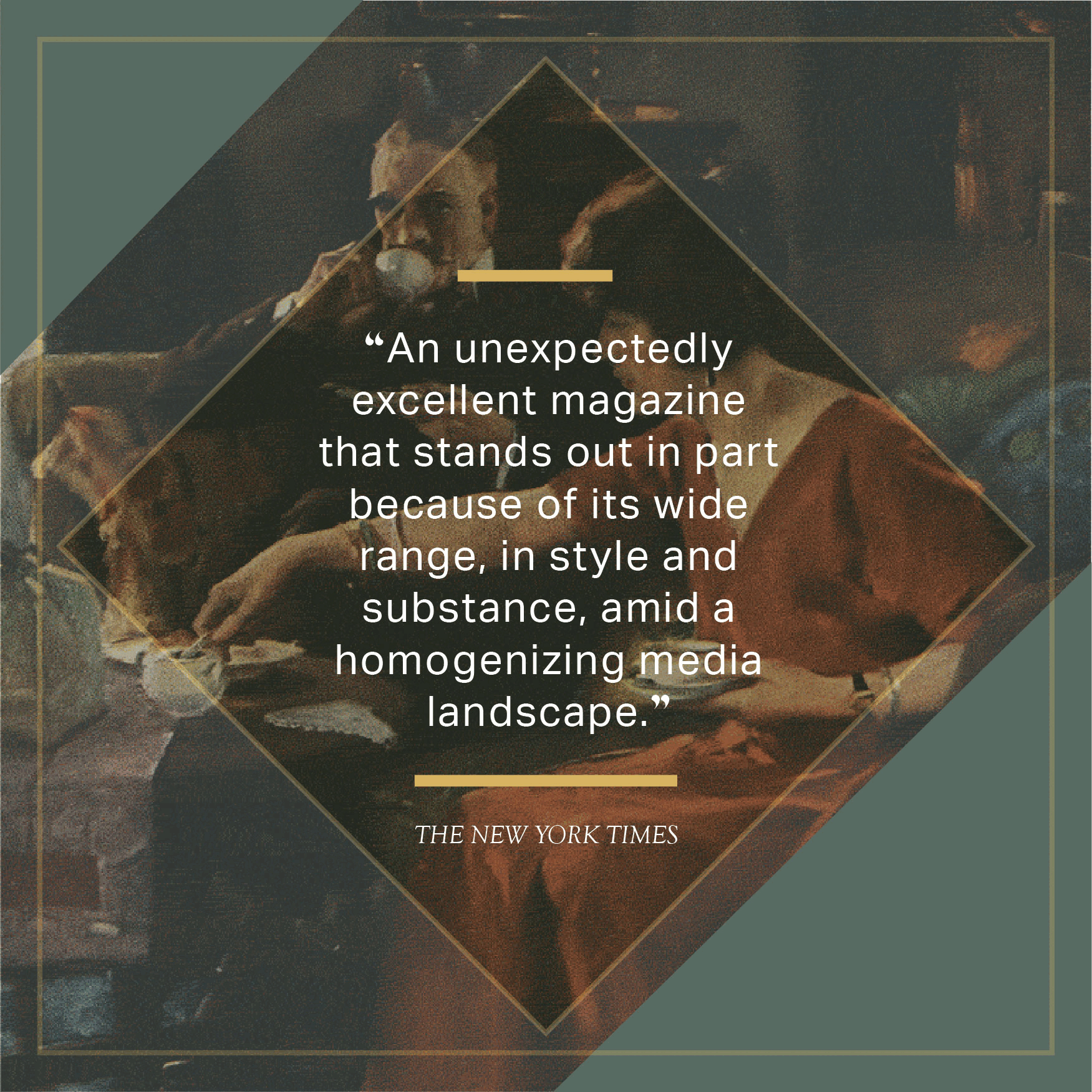A financial bubble1 is a market aberration manufactured by government, finance, and industry, a shared speculative hallucination and then a crash, followed by depression. Bubbles were once very rare—one every hundred years or so was enough to motivate politicians, bearing the post-bubble ire of their newly destitute citizenry, to enact legislation that would prevent subsequent occurrences. After the dust settled from the 1720 crash of the South Sea Bubble, for instance, British Parliament passed the Bubble Act to forbid “raising or pretending to raise a transferable stock.” For a century this law did much to…
Sign in to access Harper’s Magazine
We've recently updated our website to make signing in easier and more secure
Sign in to Harper's
Hi there.
You have
1
free
article
this month.
Connect to your subscription or subscribe for full access
You've reached your free article limit for this
month.
Connect to your subscription or subscribe for full access
Thanks for being a subscriber!
Get Access to Print and Digital for
$23.99 per year.
Subscribe for Full Access
Subscribe for Full Access






































































































